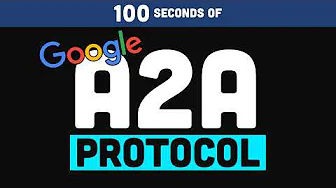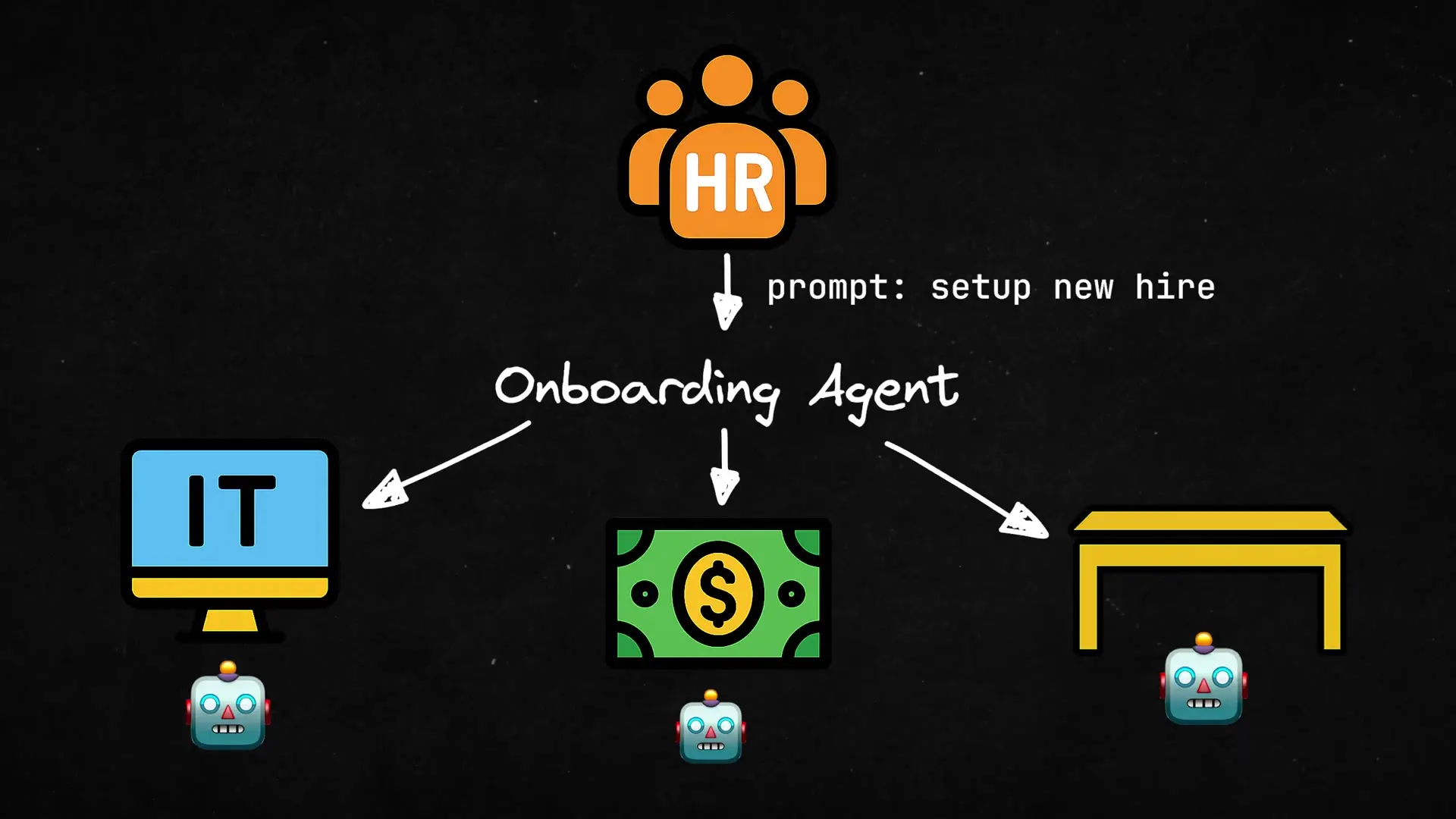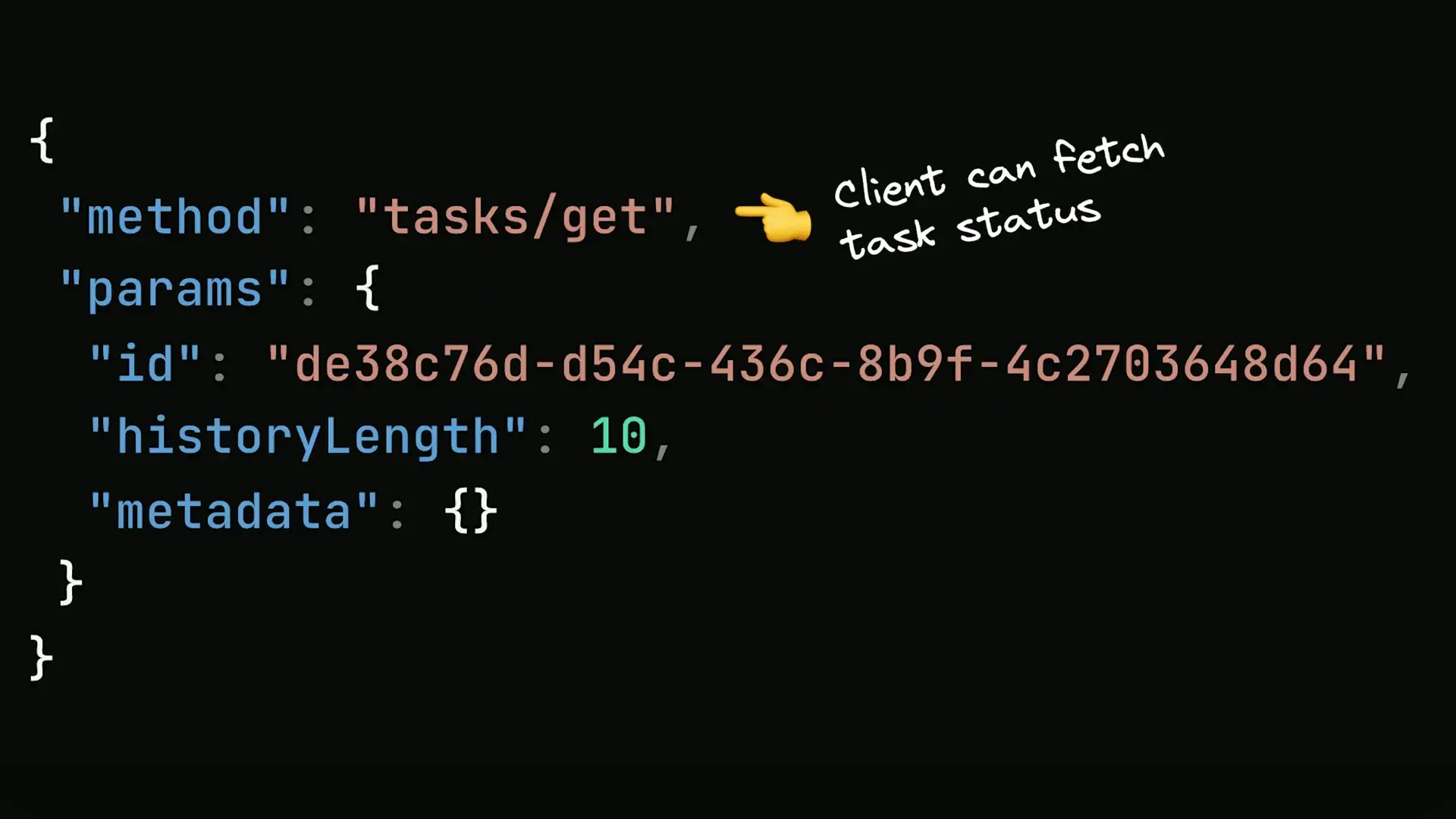
The rise of AI agents is transforming enterprise workflows, but a critical challenge remains: these intelligent systems often operate in isolation. Google, alongside various tech companies, has developed the A2A protocol to address this limitation. This open protocol, built on established standards like HTTP, SSE, and JSON RPC, enables AI agents to communicate effectively, creating truly collaborative automated systems.

Understanding the A2A Protocol: Complementary, Not Competitive
It's important to note that the A2A protocol isn't competing with other standards like MCP (Machine-to-Computer Protocol). Instead, it's complementary—modern agentic applications will likely utilize both. While MCP might handle specific task execution, A2A focuses on inter-agent communication and coordination.
Real-World Application: Employee Onboarding Automation
Consider a common enterprise scenario: a new employee joins the company. This seemingly simple event triggers multiple workflows across departments—IT needs to create system accounts, finance must set up payroll, and facilities has to arrange workspace. Without integration, each department's AI agent operates independently, requiring HR to manually coordinate via emails and follow-ups.

With the A2A protocol, this process transforms dramatically. HR simply informs their onboarding agent about the new hire, and this agent automatically delegates specific tasks to the appropriate departmental agents. The IT agent creates accounts, the finance agent configures payroll, and the facilities agent arranges workspace—all without human intervention. Each specialized agent may then use MCP or other protocols to complete its assigned tasks, but the coordination happens seamlessly through A2A.
Key Capabilities of the Google A2A Protocol
- Task Creation and Communication: The client agent defines and communicates tasks to remote agents, similar to a manager delegating responsibilities to team members.
- Agent Cards: JSON-formatted profiles describing each agent's capabilities, API endpoints, and authentication requirements—essentially a "LinkedIn profile" for AI agents.
- Enterprise-Grade Security: Built-in support for authentication and authorization standards like OAuth and OIDC.
- Task Management: Comprehensive lifecycle tracking for both immediate and long-running tasks, with status synchronization capabilities.
- Artifact Output: Structured message formats containing fully-formed content pieces like generated images, iframes, videos, and web forms.
- UI Capability Negotiation: Agents can determine what formats the user's interface can display.
- Modality Agnostic Design: Support for text, streaming audio, and video—enabling scenarios like an AI meeting assistant streaming content to a summarizer agent.
Technical Implementation of A2A Protocol
At its core, the A2A protocol implements a client-server model where agents communicate through standardized API endpoints. The protocol defines methods for task creation, status checking, and result retrieval. Authentication is handled through industry-standard mechanisms, making it suitable for enterprise deployment.

// Example of a simplified A2A protocol task request
{
"jsonrpc": "2.0",
"method": "tasks/create",
"params": {
"task": {
"type": "onboarding",
"data": {
"employeeName": "Jane Doe",
"startDate": "2023-10-15",
"department": "Engineering"
}
}
},
"id": "task-123"
}Business Benefits of Implementing the A2A Protocol
- Reduced Manual Coordination: Eliminates the need for human intervention between departmental processes.
- Accelerated Workflows: Tasks that previously took days can be completed in minutes through automated agent collaboration.
- Standardized Communication: Creates a common language for AI systems across the organization, regardless of their underlying implementation.
- Scalable Automation: Makes it easier to add new agents and processes to existing workflows without extensive integration work.
- Enhanced Security: Enterprise-grade authentication prevents unauthorized access to sensitive systems.
Getting Started with Google's A2A Protocol
For developers interested in implementing A2A in their systems, the protocol documentation is available through Google's developer resources. The implementation typically involves defining agent cards for your AI systems, establishing secure API endpoints that conform to the protocol, and configuring authentication mechanisms appropriate for your organization's security requirements.
Organizations already using cloud-based AI services may find that providers are beginning to offer A2A compatibility as a feature, simplifying adoption. For custom AI implementations, development teams will need to incorporate A2A-compatible interfaces into their agent architectures.
The Future of AI Agent Collaboration
The A2A protocol represents a significant step toward truly collaborative artificial intelligence. While we're not witnessing the emergence of a unified AI hive mind, we are seeing the foundation for coordinated, purpose-driven agent networks that can dramatically enhance enterprise productivity.
As adoption grows, we can expect to see increasingly sophisticated agent ecosystems that can handle complex business processes with minimal human oversight. The protocol's modality-agnostic approach also opens possibilities for multimodal AI collaboration, where text, audio, and visual processing agents work together seamlessly.
Conclusion: Embracing the A2A-Enabled Future
Google's A2A protocol is poised to transform how organizations leverage AI by enabling coordinated automation across previously siloed systems. By standardizing agent communication, the protocol addresses one of the most significant limitations in current AI implementations—the inability to effectively collaborate across functional boundaries.
Forward-thinking organizations should begin exploring how A2A might fit into their AI strategy, particularly for complex workflows that span multiple departments or systems. As the protocol matures and adoption increases, we'll likely see a new generation of intelligent enterprise systems that work together in ways previously possible only with extensive human coordination.
Let's Watch!
Google's A2A Protocol: How AI Agents Will Communicate in Enterprise Systems
Ready to enhance your neural network?
Access our quantum knowledge cores and upgrade your programming abilities.
Initialize Training Sequence